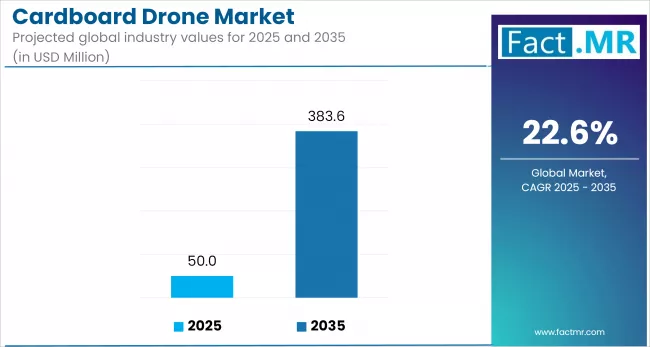The wars in Ukraine and Gaza have shown the world that a new technology is now affecting the battlefield: artificial intelligence (AI). The Ukrainian and Russian armies are using AI to help locate and identify targets, pilot drones, and support tactical decision-making.
Category: drones
New ‘Transformer’ humanoid robot can launch a shapeshifting drone off its back — watch it in action
Developed at Caltech, a new robot is a humanoid that can launch an M4 drone, switching between different modes of motion, with wheels that can become rotors.
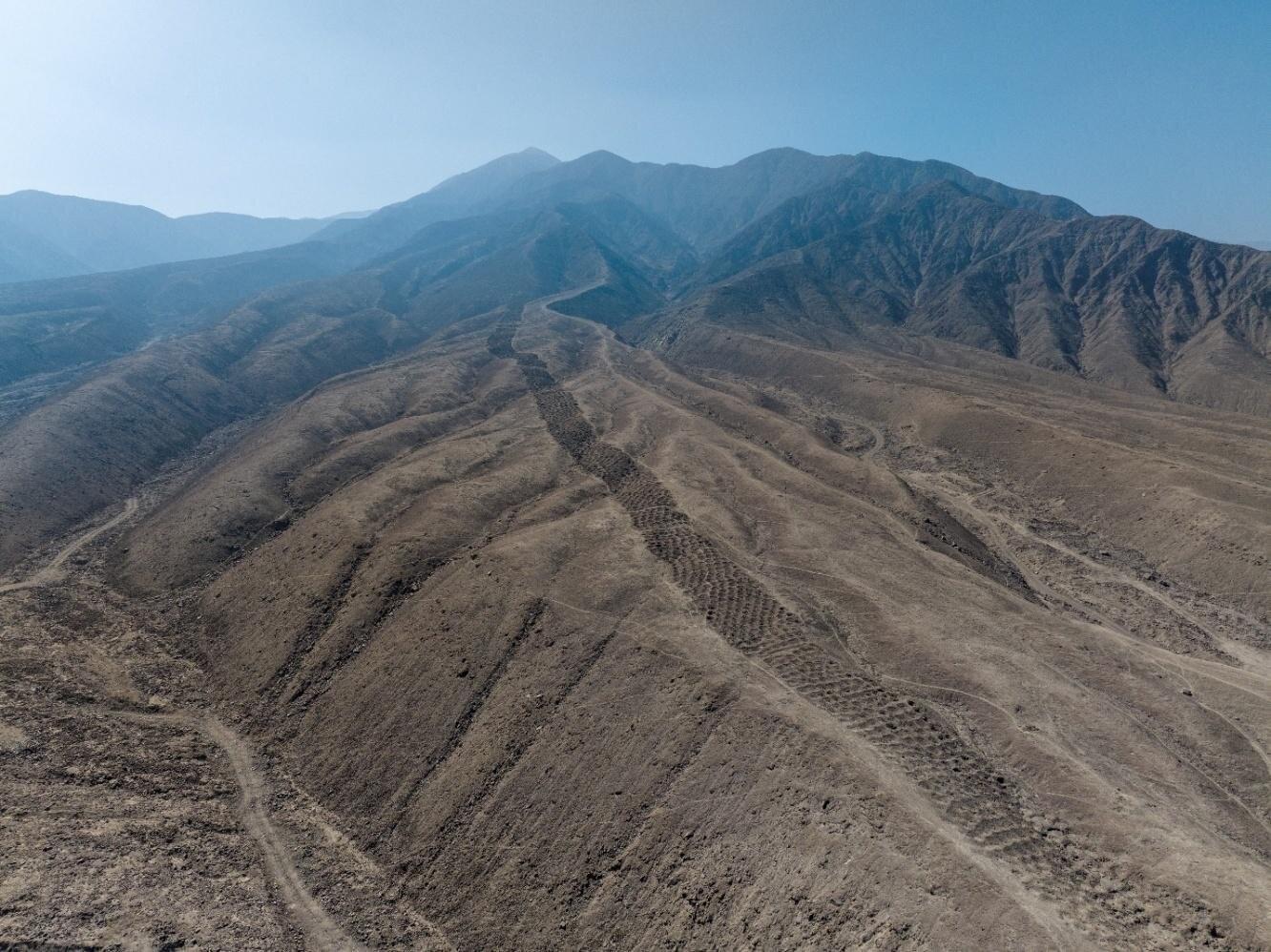
Iconic Andean monument may have been used for Indigenous accounting
Sediment analysis and drone photography of the iconic South American monument of Monte Sierpe (aka “Band of Holes”) support a new interpretation of this mysterious landscape feature as part of an Indigenous system of accounting and exchange.
Stretching 1.5 km across the Pisco Valley of the southern Peruvian Andes, Monte Sierpe (meaning serpent mountain) is a large row of approximately 5,200 precisely aligned holes (1–2 m wide and 0.5–1 m deep), organized into sections or blocks.
It first gained modern attention in 1933, when aerial photographs of the holes were published in National Geographic, but the monument’s purpose is still uncertain.
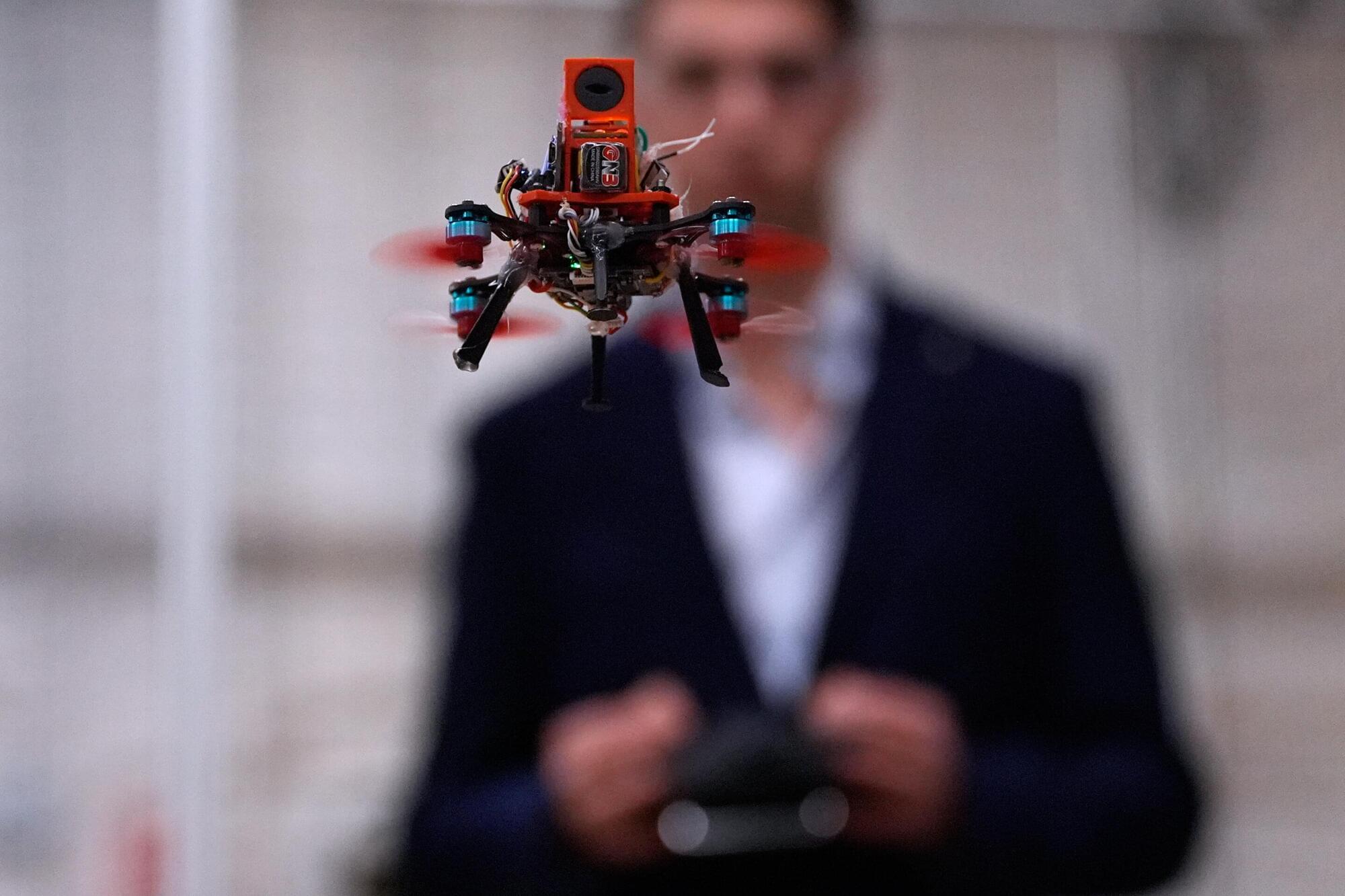
How tiny drones inspired by bats could save lives in dark and stormy conditions
Don’t be fooled by the fog machine, spooky lights and fake bats: the robotics lab at Worcester Polytechnic Institute lab isn’t hosting a Halloween party.
Instead, it’s a testing ground for tiny drones that can be deployed in search and rescue missions even in dark, smoky or stormy conditions.
“We all know that when there’s an earthquake or a tsunami, the first thing that goes down is power lines. A lot of times, it’s at night, and you’re not going to wait until the next morning to go and rescue survivors,” said Nitin Sanket, assistant professor of robotics engineering. “So we started looking at nature. Is there a creature in the world which can actually do this?”
AI-guided drones use 3D printing to build structures in hard-to-reach places
Disaster has just struck, roads are inaccessible, and people need shelter now. Rather than wait days for a rescue team, a fleet of AI-guided drones takes flight carrying materials and the ability to build shelters, reinforce infrastructure, and construct bridges to reconnect people with safety.
It sounds like science fiction, but new research from Carnegie Mellon University’s College of Engineering combines drones, additive manufacturing, and large language models to rethink the future of aerial construction.
Aerial additive manufacturing (AM)—think flying 3D printers, has been fascinating researchers for years, but the natural instability of a drone in flight makes traditional layer-by-layer fabrication nearly impossible. To overcome this, Amir Barati Farimani, associate professor of mechanical engineering, has equipped drones with magnetic blocks to allow for precise pick-and-place assembly and a large language model (LLM) that can translate high-level design goals like “build a bridge” into executable plans.

SHIELD activated: Researchers build defense to protect drones from cyberattacks
Fooled into following a hacker’s rogue commands, a drone is liable to do any number of things. Fly erratically. Speed up. Slow down. Hang suspended in the air. Reverse course. Take a new course. And, most dangerously: Crash.
What the compromised drone cannot do, however, is regain control. Lost to its original assignment—whether it’s delivering a package, inspecting an aging bridge or monitoring the health of crops—the machine is essentially useless.
At FIU, cybersecurity researchers have developed a series of countermeasures to fight back mid-flight against hostile takeovers.
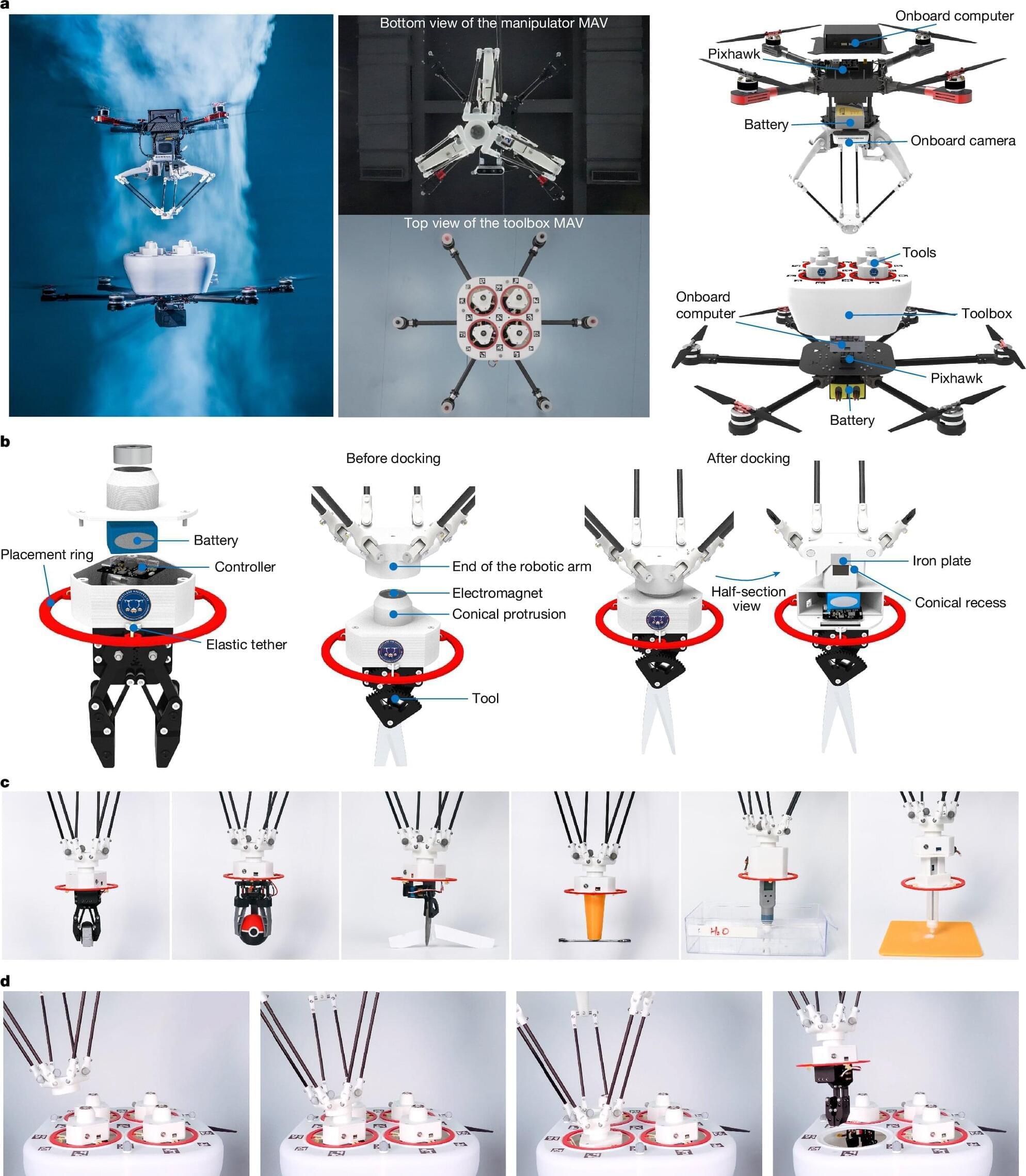
‘FlyingToolbox’ drone system achieves accurate mid-air tool exchange despite airflow interference
Flying manipulator robots have shown themselves to be useful in many applications, such as industrial maintenance or construction. Their utility in hard to reach or hazardous locations makes them particularly promising in applications that put humans at risk. While these machines have been continuously improving over the years, they are still lacking in certain areas.
One difficulty for drones in the past has been the ability to stack on top of one another and work cooperatively while in flight. This ability is useful for things like swapping tools, similar to the way a nurse might hand different tools to a doctor during a procedure—allowing the doctor (or manipulator drone) to work uninterrupted.
The difficulty comes from something called “downwash,” which is a strong movement of air generated between two drones that interferes with their precise movements and docking procedures. However, a team of researchers from Westlake University in China has designed a new system of micro-aerial vehicles (MAVs) capable of exchanging tools with impressive precision while flying. The design and experimental tests on the “FlyingToolbox” are documented in their new study, published in Nature.
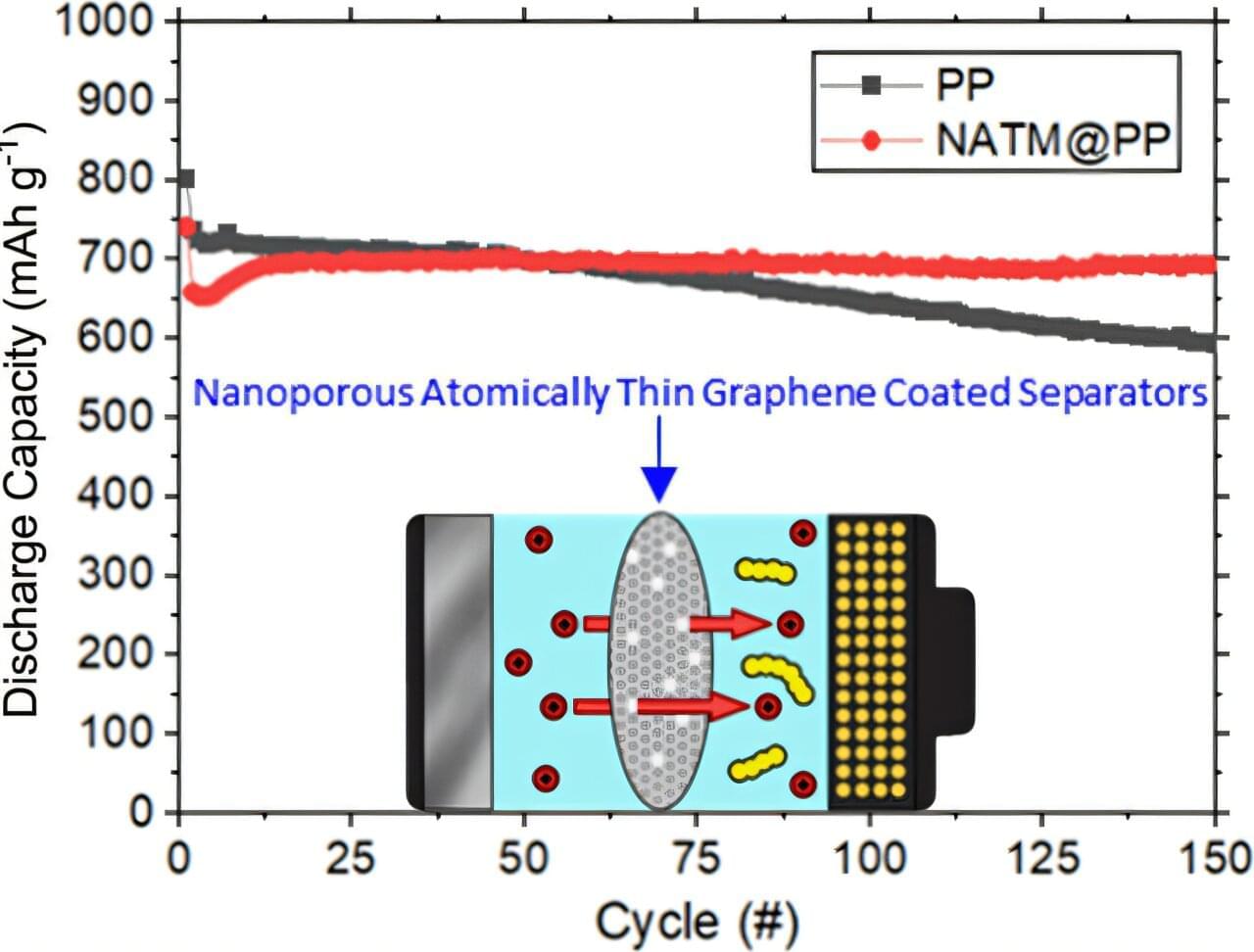
One-atom-thick filter helps lithium–sulfur batteries keep their charge
Longer-lasting phones, lighter drones, electric cars that drive farther. These are just some of the possibilities thanks to a new battery separator design from University of Florida researchers and their partners.
Think of a tiny coffee filter, but this one works inside a battery. The team recently showed that a one-atom-thick filter can block sulfur chains from shuttling within the battery, potentially unlocking the long-awaited promise of lithium–sulfur batteries.
While lithium–sulfur batteries are lighter and pack more power in a lighter package compared to the more conventional lithium-ion batteries, their fatal flaw is the sulfur doesn’t cooperate well inside the system. It clumps into long chains that clog up the works, draining the battery’s power and cutting its lifespan.
